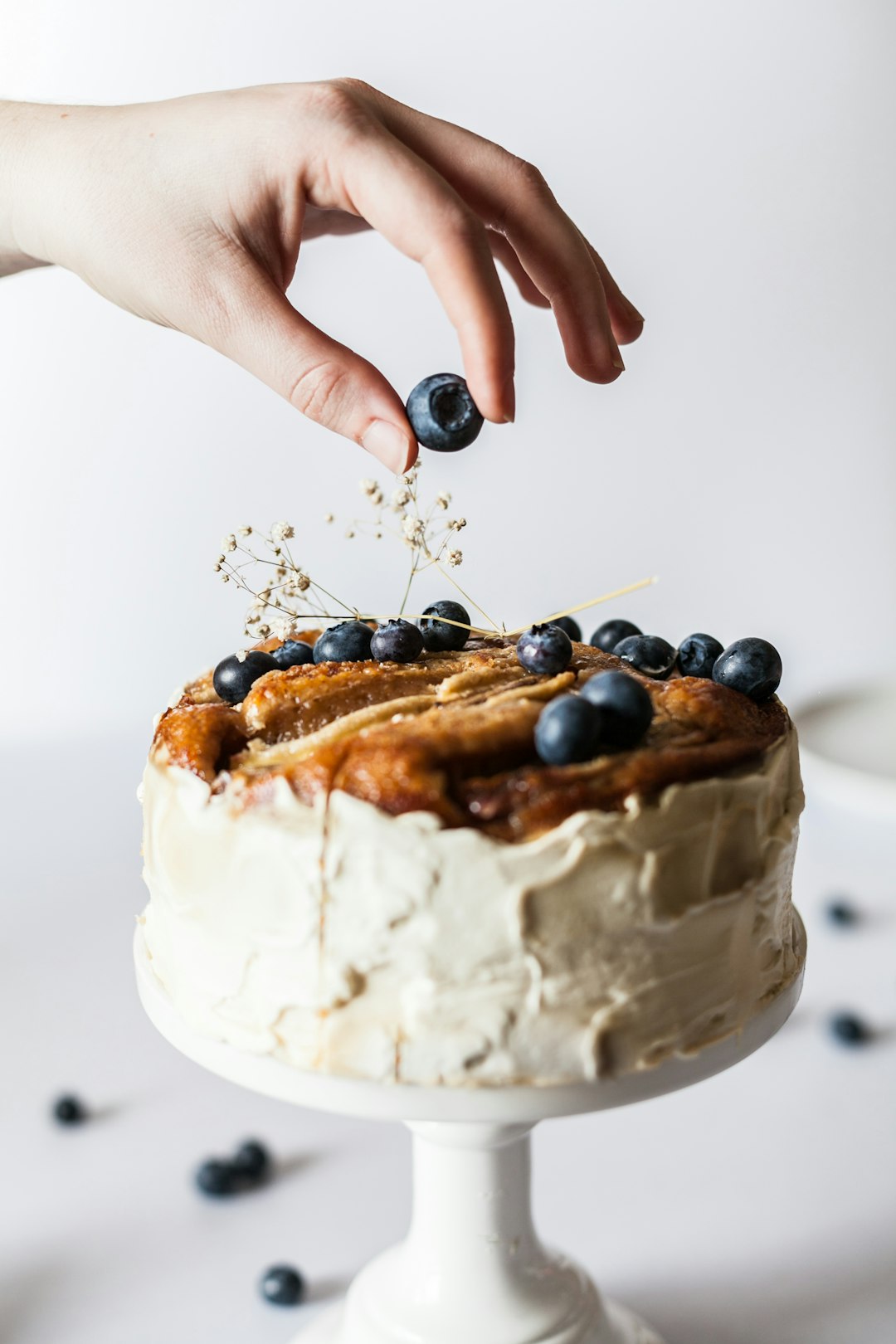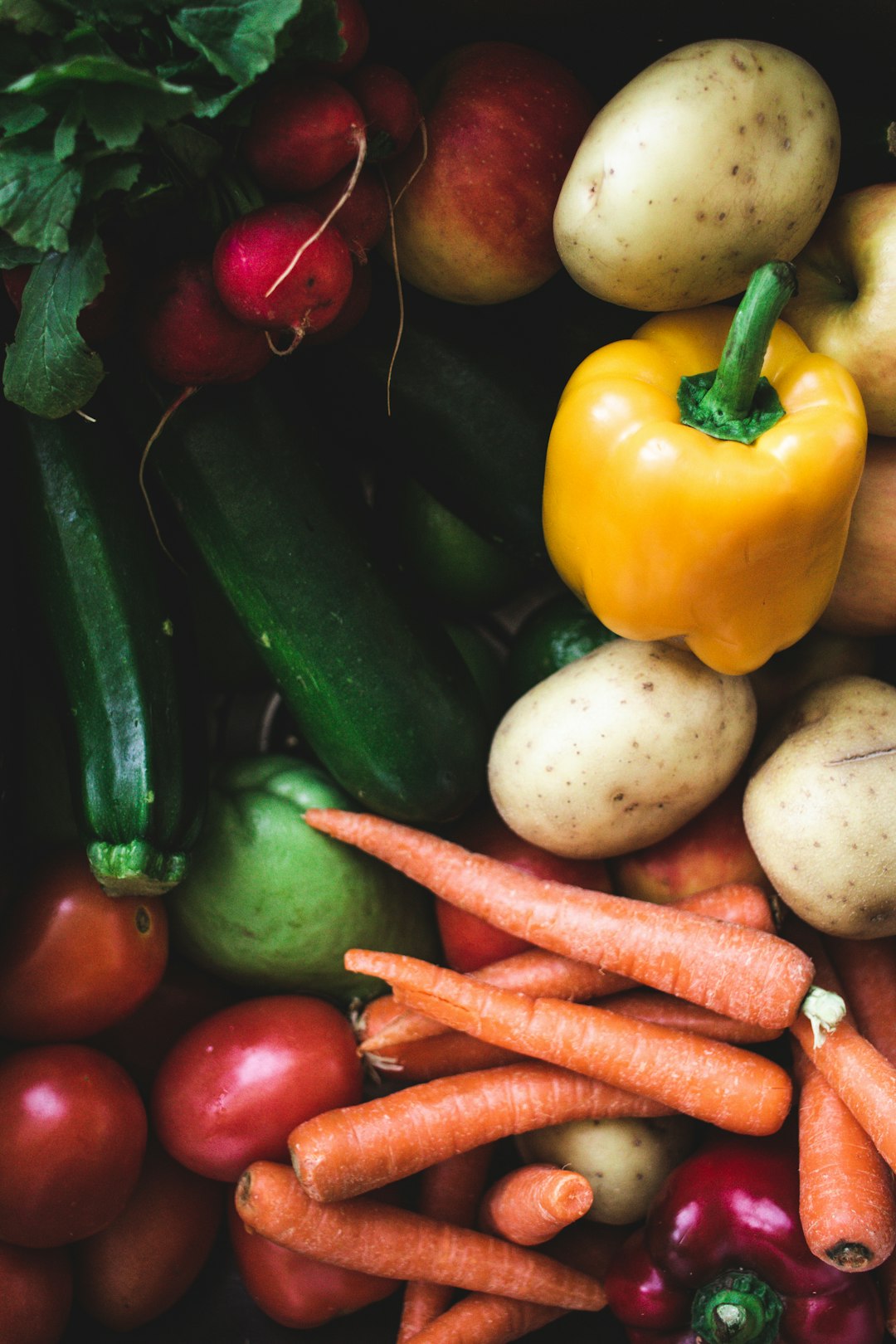Bread, an age-old staple, that can make any meal complete, is soft, tender, and warm, the perfect accompaniment to a hearty soup or a cup of tea. Making bread from scratch is a timeless tradition that has been passed down through generations. It’s easy to buy bread at the store, but the taste and aroma of homemade bread are unparalleled.
There’s something therapeutic about kneading fresh bread dough. It’s therapeutic not only for the mind, but the muscles too. Making bread from scratch is a simple process with a few basic ingredients: flour, yeast, salt, and water. But there are so many variations of bread that one can make. One can start with a simple loaf of white bread and from there, experiment with other types: whole wheat, sourdough, rye, or even a sweet bread like raisin bread.
Before starting, it’s important to note that bread-making does take some effort, patience, and time. You will need to allocate a few hours from start to finish. The end result, though, is worth every step.
Step 1: Ingredients
One of the best things about making bread from scratch is that there are very few ingredients needed and, chances are, you already have them in your pantry. The ingredients needed include:
– 3 to 4 cups of flour (all-purpose, bread flour, whole wheat flour – depending on the type of bread, the flour will vary)
– 2 teaspoons of instant yeast or active dry yeast
– 1 1/2 teaspoons of salt
– 1 1/2 cups of warm water
Optional for sweet bread: 1/4 cup sugar and 1/4 cup softened butter
Step 2: Mix the Dough
In a large mixing bowl, combine flour, yeast, salt, and sugar (if you’re making sweet bread). Add softened butter, then add warm water. Start mixing the dough in the bowl with a wooden spoon until the dough comes together and is no longer sticky.
Once the dough is formed, place it onto a floured surface and begin kneading the dough. If the dough is sticky, add more flour as needed. The kneading process can take between seven to 10 minutes. One can use a stand mixer with a dough hook to knead, but kneading by hand is a more satisfying experience.
Step 3: Let the Dough Rise
After kneading, place the dough in a well-oiled bowl, and cover it with a clean kitchen towel or wrap it in plastic wrap. Let the dough rise for an hour or until it has doubled in size. A warm environment helps the dough rise faster; some people place the bowl next to a window on a sunny day.
Step 4: Punch the Dough
Punching the dough is an essential part of the bread-making process. Once the dough has risen, punch it gently with your fingers, then knead again for about five minutes.
Step 5: Shaping the Dough
Shape the dough into a loaf or rolls, depending on the preference. There’s no need to be fussy about the shape, as long as it’s compact with no air pockets. Place the dough in a greased loaf pan and lightly brush with melted butter. For rolls, place them on a parchment-lined baking sheet and let them rest for 20 minutes.
Step 6: Bake the Bread
Preheat the oven to 375°F (190°C). For a loaf, bake for 30-35 minutes or until it’s golden brown. For rolls, bake for 15 to 20 minutes. The bread is done when it sounds hollow when tapped on the bottom.
Step 7: Cool the Bread
Once the bread has finished baking, remove it from the oven, and let it cool in the pan for a few minutes. Then, turn it out onto a wire rack to cool completely.
Congratulations! You have baked homemade bread from scratch. The key to making perfect bread is practice, patience, and experimenting with different types of flour. Making bread is a great way to unwind and connect with your inner self. It is a timeless tradition that can be enjoyed by all ages. The aroma of fresh bread wafting through the house is unlike any other.
Bread-making is more than just following a recipe; it’s a journey that combines mindfulness, creativity, and patience. Making bread from scratch is an opportunity to connect with the world around you. Whether it’s being in tune with nature and the seasons by baking with fresh fruit and flowers, or connecting with your family and friends through the act of sharing a loaf of fresh bread. It’s an amazing skill that can be passed down from one generation to another.











